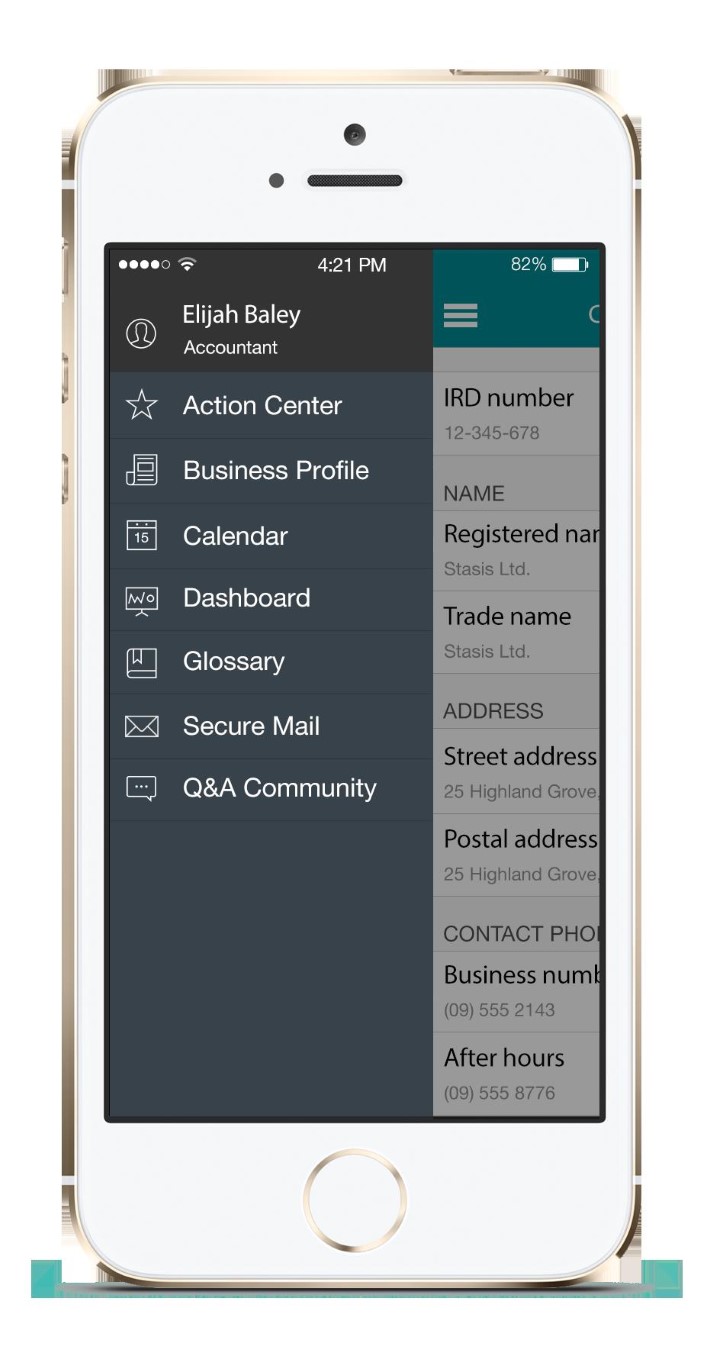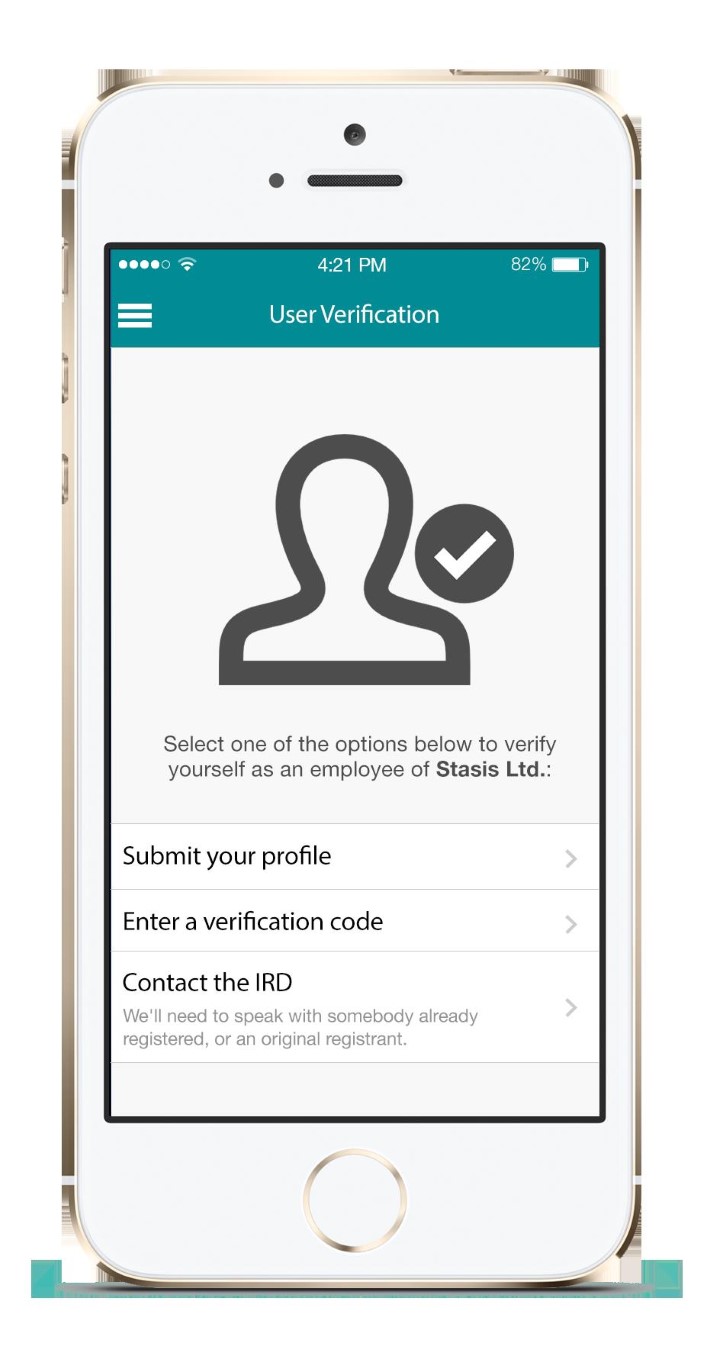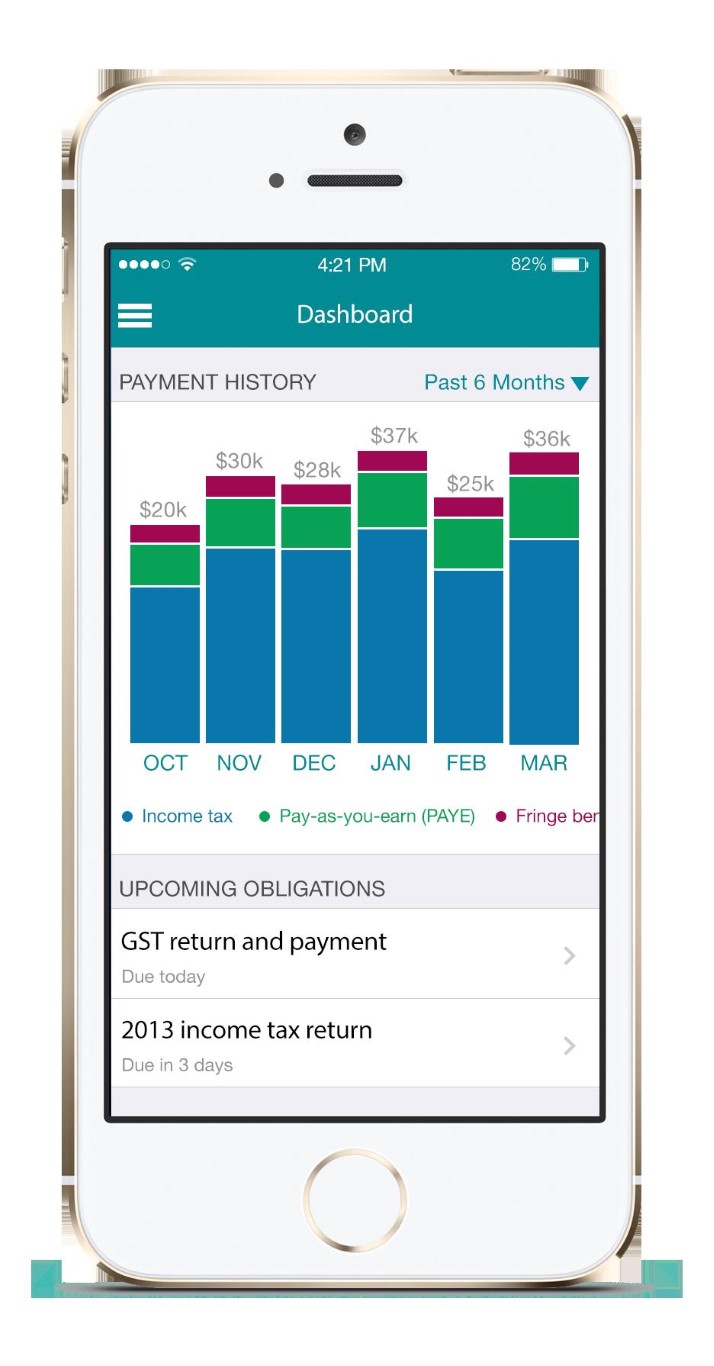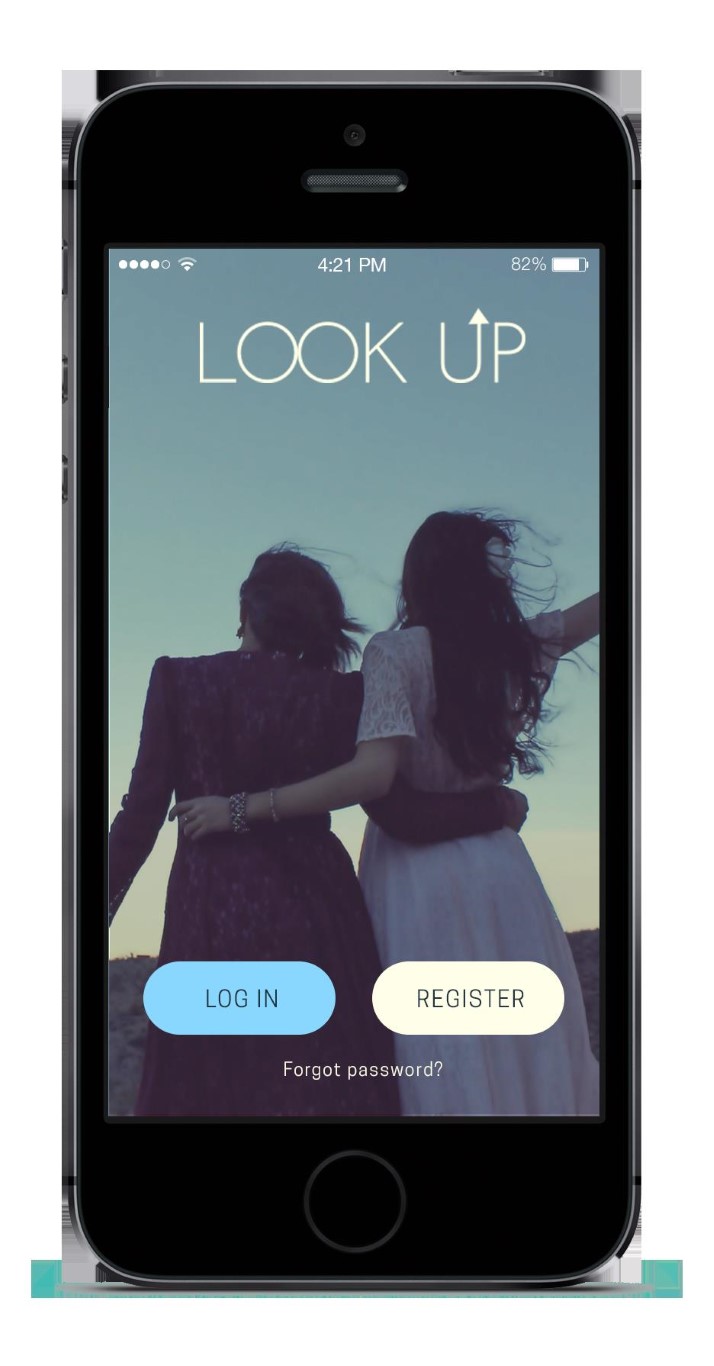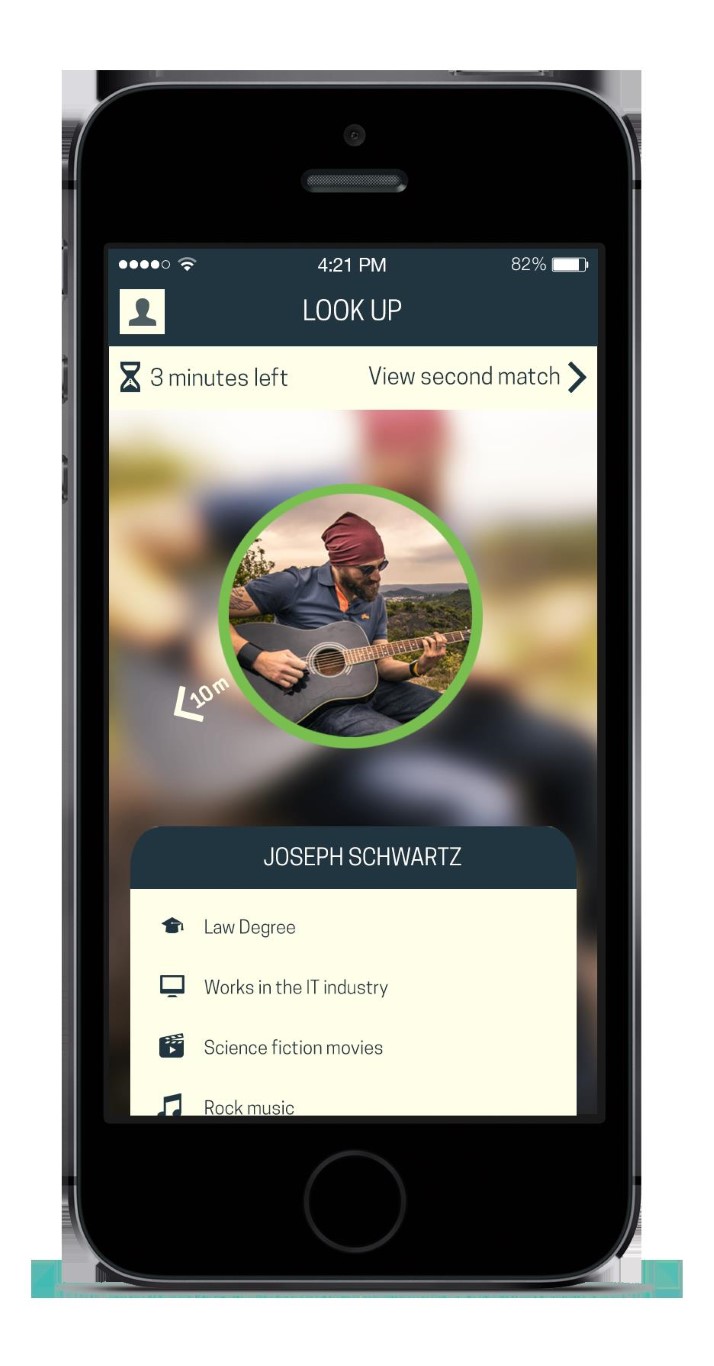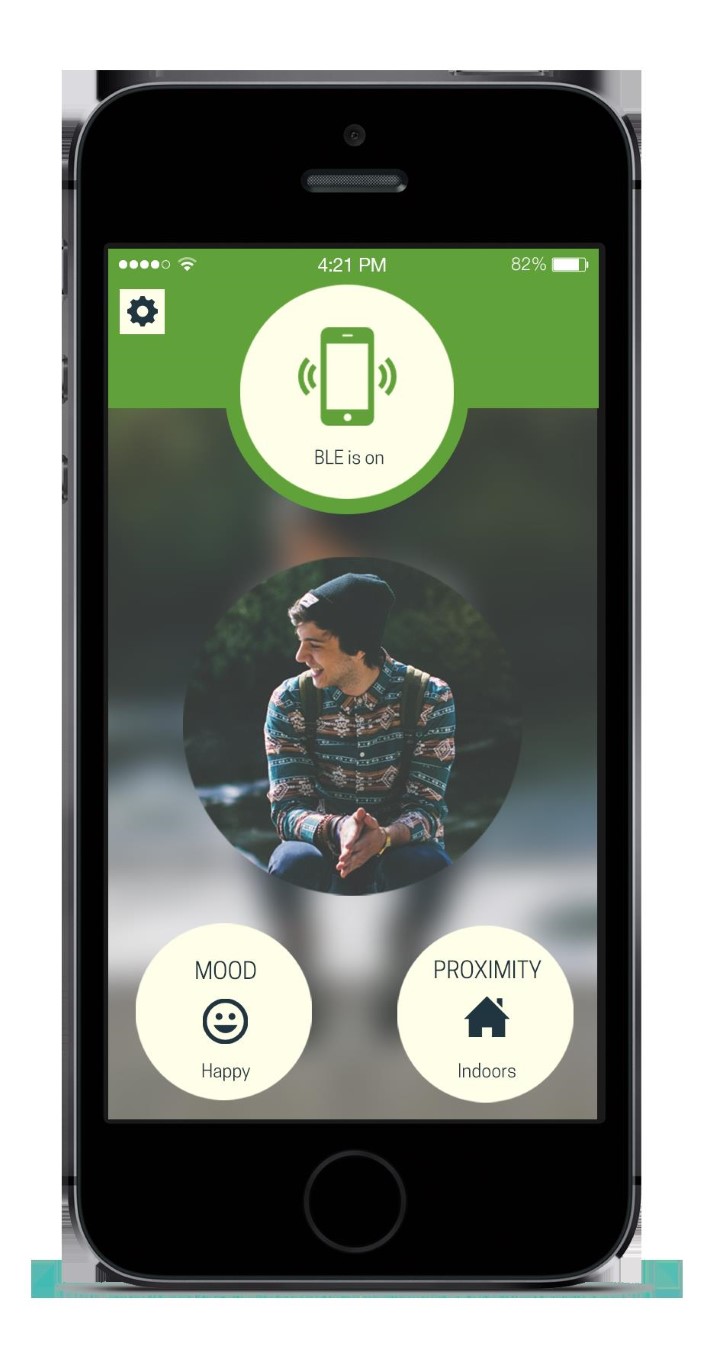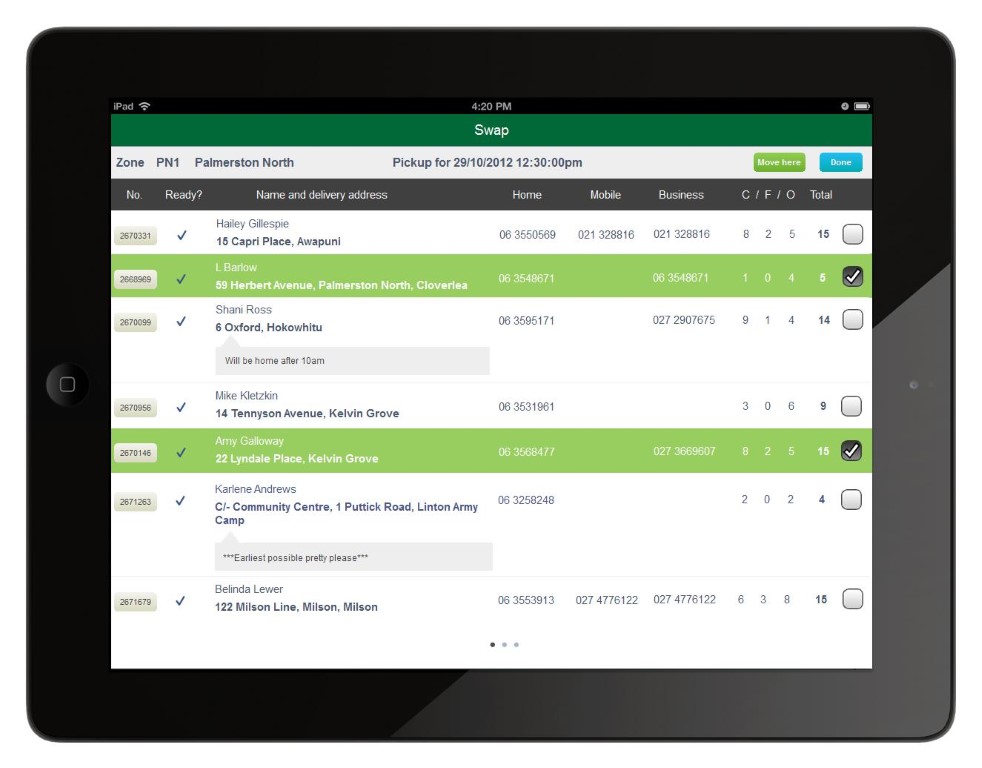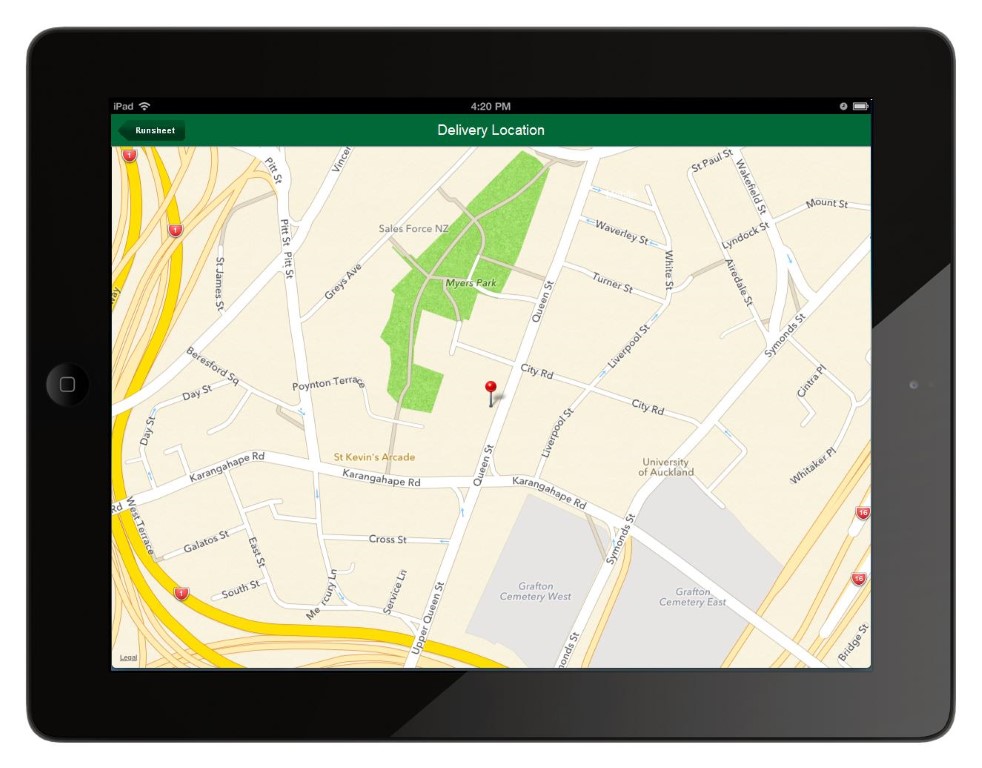Accurate computer aided indoor positioning and navigation for large indoor environments such as shopping malls, airports and hospitals is within reach. Consumers have voted on the issue of computer-aided navigation, overwhelmingly supporting navigation devices outdoors. The only thing stopping indoor navigation services from gaining popularity is the wide-spread availability of suitable technology. With a de facto indoor positioning technology standard now emerging, this hurdle is within striking distance.
Indoor positioning technology overview
GPS signals are generally not useful indoors, so technology companies are developing new approaches for positioning and navigation there. A universal standard indoor navigation technology - like GPS - is so far elusive, but a patchwork of two or three techniques are fast becoming the de facto standard.
Aside from cellular tower and GPS fixes, most smartphones are able to position themselves using Radio Frequency (RF) signal fingerprinting - a ubiquitous technology. With a network of WiFi access points, or wide-band radio sensors covering an entire venue, the venue's RF fingerprint is measured and plotted, thus providing a positioning backbone. This approach provides positioning with a margin of error of as little as 2.5 metres.
Another approach is inertial navigation - or dead reckoning, which uses the smartphone's accelerometer, magnetometer and gyroscope to work out its current location by calculating distance, direction and duration of travel from its last known location. Apple's motion processor - present in iPhones and iPads since 2013 - is specifically designed for this purpose. Inertial navigation shows promise, however significant technical challenges have to be solved before it can be accurate enough for indoor positioning alone.
The best results are achieved when these technologies are combined. Using RF fingerprinting to produce results with a margin of error of 2.5m, and relying on inertial navigation for error correction boosts accuracy to mere tenths of a metre.
iBeacons - Apple Inc's Bluetooth Low Energy sensors - provide further aid to indoor navigation use cases by allowing venues to invoke specific actions on a user's smartphone when it reaches a specific physical space. For example, a shop could send users notifications about a special deal when they walk through its door. We will cover iBeacons and the implications of proximity services in a future blog post.
Who benefits
Indoor navigation allows users to find and navigate to intended targets more quickly, thus providing benefits in multiple environments, including the following:
- Hospitals
- Public transit, airports, train stations, ferry terminals
- Shopping malls and retail stores
- Academic campuses
- Office buildings and business campuses
- Hotels, resorts and casinos
- Sporting venues
- Parking garages
- Apartment buildings
Investment
An investment is required of each venue in order for it to support indoor navigation. The following is required:
- Radio Frequency (RF) sensor network: WiFi or other radio. Existing WiFi access points can be used.
- Radio Frequency parametric analysis of the venue - a fingerprint of radio signals throughout the venue.
- Scalable venue map.
- Display map to users via the venue's own app, or by inclusion in a major mapping app, such as Google Maps or Apple Maps.
Consumer devices are ready for indoor location
The majority of smartphones are already able to use indoor positioning to a degree. As smartphone technology improves, consumers will get more accuracy indoors.
Given a venue optimised for indoor location tracking, the majority of smartphones shipped from 2012 onward already include the required technology to position users indoors with a margin of error of as little as 2.5 metres, using manual floor selection.
Apple's iPhone and iPad devices launched in 2013 and later are able to reduce the margin of error to tenths of a metre, and are able to detect the floor elevation automatically within optimised venues. Some devices using Google's Android operating system are also capable of this level of accuracy, and more are expected to be released. Nokia is also focusing on indoor navigation, claiming the same degree of accuracy for its contemporary models.
















